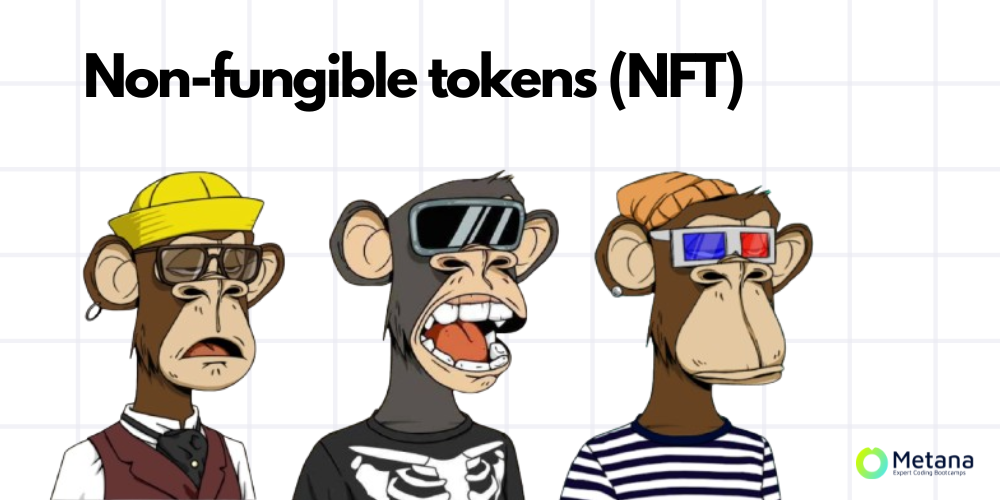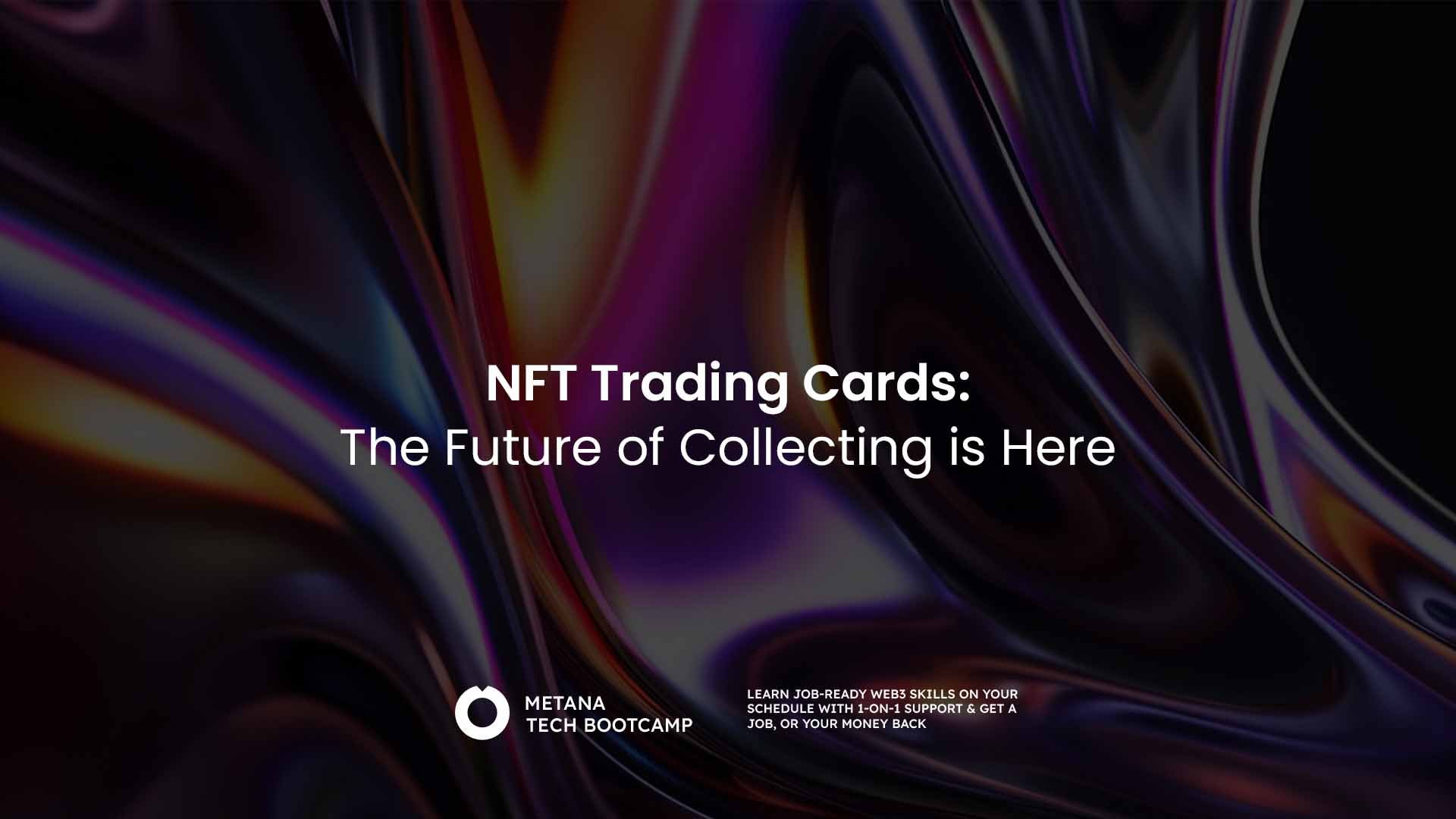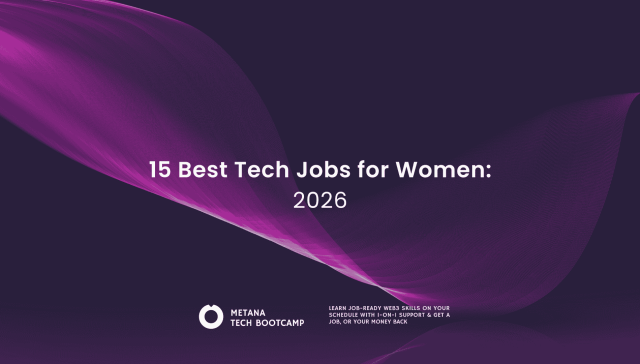The world of collectibles has evolved dramatically in recent years, and at the forefront of this evolution are NFT trading cards. Once limited to physical objects like baseball cards or Pokémon cards, the concept of trading cards has now shifted to the digital realm, thanks to blockchain technology and the rise of Non-Fungible Tokens (NFTs). NFT trading cards represent a new, exciting frontier for collectors, investors, and gamers alike. This article will explore the concept of NFT trading cards, how they work, their impact on traditional collectibles, and why they have become so popular. We’ll also touch on the risks involved, the future of NFT trading cards, and answer some frequently asked questions towards the end.
What Are NFT Trading Cards?

NFT trading cards are digital assets that exist on a blockchain, typically using platforms like Ethereum or Solana. NFTs, or Non-Fungible Tokens, are unique, indivisible digital tokens that represent ownership of a specific item or piece of content, in this case, a trading card. Unlike cryptocurrencies such as Bitcoin or Ethereum, NFTs are unique and cannot be exchanged on a one-to-one basis with other tokens, as each one carries different values and attributes.
NFT trading cards often represent various types of media, from artwork and gaming characters to sports icons and pop culture figures. The blockchain verifies and tracks ownership, ensuring the authenticity and rarity of each card. This is especially important for collectors, as rarity plays a critical role in determining a card’s value.
How Do NFT Trading Cards Work?
NFT trading cards are powered by blockchain technology, a decentralized and transparent ledger that records transactions and ownership of digital assets. Each NFT trading card has a unique identifier, stored on the blockchain, that ensures its rarity and authenticity.
- Minting: The process begins with minting. Creators or companies develop a series of digital trading cards, each one minted as an NFT on a blockchain platform. Minting is the process of converting a digital file into a blockchain-based asset, giving it a unique identity.
- Ownership: Once the card is minted, it is available for sale or trade. Buyers can purchase these cards directly from the creator, a secondary marketplace, or through auction platforms. Blockchain technology verifies ownership, allowing buyers to see a transparent history of the card’s creation and ownership.
- Smart Contracts: Smart contracts are used to govern the terms of ownership and transactions. These self-executing contracts ensure that each time a card is sold or traded, any royalties or conditions set by the creator are automatically enforced.
- Storage: Owners of NFT trading cards can store them in digital wallets like MetaMask, Trust Wallet, or hardware wallets for extra security. While the asset itself may be viewable online, the true ownership and rights remain with the wallet that holds the NFT.
Why Are NFT Trading Cards Popular?
The rise in popularity of NFT trading cards can be attributed to several key factors:
1. Scarcity and Rarity
Collectors thrive on the idea of owning something rare. Just like physical trading cards, digital NFT cards can be produced in limited quantities, making them scarce. Some NFT projects only release a limited number of cards, which can make them extremely valuable, depending on demand. The rarity of certain cards often drives up their market value, with some NFT cards selling for hundreds of thousands of dollars.
2. Verifiable Ownership
Blockchain technology allows for the verification of ownership in a way that is publicly accessible and immutable. This means that collectors no longer have to worry about counterfeits or unauthorized reproductions, as the blockchain serves as an indisputable record of authenticity.
3. Digital Flexibility
Unlike physical cards, which can be damaged or lost, NFT trading cards are stored securely on the blockchain. Additionally, NFT cards offer enhanced features such as multimedia capabilities (videos, GIFs, and audio) and can be part of larger ecosystems like online games or virtual worlds.
4. Monetization Opportunities
For creators, NFT trading cards offer a new avenue for monetization. Artists, athletes, and even major entertainment companies are leveraging NFTs to engage directly with their fanbases. Moreover, creators can earn royalties from each secondary sale, providing a passive income stream long after the initial sale.
5. Gamification
Many NFT trading card platforms incorporate gamification features, allowing users to use their cards in digital games or competitions. For example, platforms like Sorare allow users to manage a virtual soccer team using NFT player cards, with performance in real-life matches impacting the value of the cards.
6. Community and Social Status
Collecting NFTs often comes with an inherent social aspect. Being part of an exclusive community, owning rare cards, and showcasing your collection on social media platforms provide a sense of belonging and status. Many NFT trading card projects are community-driven, with Discord channels, Twitter spaces, and online events that foster camaraderie among collectors.
NFT Trading Cards vs. Traditional Collectibles
While NFT trading cards share some similarities with traditional trading cards, there are some key differences that set them apart:
- Physical vs. Digital: Traditional trading cards are physical objects, while NFT trading cards are entirely digital. This allows NFT cards to offer unique features like animations, sound effects, and integration into virtual ecosystems.
- Scarcity Control: Physical trading cards can sometimes be counterfeited, and their scarcity can fluctuate based on reprints or rediscovery of old stock. NFT cards, on the other hand, are securely tied to the blockchain, ensuring that their rarity is provable and unchangeable.
- Liquidity: The marketplace for traditional trading cards can be slow and inefficient. Buyers and sellers often have to go through auction houses or physical exchanges. In contrast, NFT trading cards can be instantly bought, sold, or traded on online platforms, offering much greater liquidity.
- Damage and Degradation: Physical cards can deteriorate over time, but NFT trading cards do not suffer from physical damage. However, the platform on which the NFT resides may present risks, such as technological obsolescence or market volatility.
Risks Involved in NFT Trading Cards
Like any investment, NFT trading cards come with risks. It’s essential to consider these risks before diving into the NFT space.
1. Market Volatility
The NFT market can be highly speculative and volatile. The value of NFT trading cards can fluctuate dramatically based on trends, the popularity of a particular series, or overall market sentiment. This volatility can lead to significant gains but also considerable losses.
2. Platform Risk
NFT trading cards are dependent on the platforms and blockchains they are minted on. If the platform becomes obsolete or if there are issues with the blockchain, it could negatively affect the value and accessibility of the cards.
3. Environmental Concerns
NFTs have been criticized for their environmental impact, particularly those minted on Ethereum, which, until recently, was proof-of-work-based and required significant energy. Some platforms are addressing these concerns by migrating to more eco-friendly blockchains, such as proof-of-stake systems, but it remains a consideration for environmentally conscious collectors.
4. Legal and Regulatory Challenges
The legal framework surrounding NFTs is still evolving, and there could be future regulations that impact the trading and ownership of NFT cards. Issues like intellectual property rights and taxation may also present challenges for both creators and buyers.
The Future of NFT Trading Cards
As the NFT market continues to grow, the future of NFT trading cards looks promising. Several trends point towards continued innovation and expansion in this space:
1. Increased Mainstream Adoption
As more people become familiar with NFTs, we can expect to see increased adoption among both collectors and creators. Major brands and sports leagues have already started to explore the NFT space, and this trend is likely to continue.
2. Integration with Virtual Worlds
With the rise of the metaverse and virtual reality platforms, NFT trading cards will likely become integrated into immersive digital ecosystems. Users may be able to display, trade, and even use their NFT cards in virtual worlds, enhancing their utility and value.
3. Sustainability Initiatives
As concerns about the environmental impact of NFTs grow, more platforms are adopting sustainable practices. The migration to energy-efficient blockchains like Ethereum 2.0 or Solana will likely reduce the environmental footprint of NFT trading cards.
4. Interoperability
One of the exciting possibilities for NFT trading cards is interoperability across different platforms and ecosystems. This would allow users to trade and use their cards across various games, apps, and virtual worlds, increasing their utility and value.
FAQs
What makes NFT trading cards valuable?
- NFT trading cards derive their value from several factors, including scarcity, demand, authenticity, and their association with well-known artists, athletes, or franchises. The rarity of a card, combined with market demand, can drive up its price significantly.
How do I buy NFT trading cards?
- To buy NFT trading cards, you’ll need a digital wallet (such as MetaMask) and some cryptocurrency (usually Ethereum or Solana). You can then browse marketplaces like OpenSea, Rarible, or platform-specific markets like NBA Top Shot or Sorare, to find cards for purchase.
Can I trade or sell my NFT trading cards?
- Yes, you can sell or trade your NFT trading cards on various online marketplaces. Some platforms also allow for direct peer-to-peer sales. The blockchain keeps track of all transactions, ensuring a transparent and secure process.
What are the environmental concerns with NFTs?
- Some NFT platforms, particularly those on proof-of-work blockchains like Ethereum, have been criticized for their high energy consumption. However, newer blockchains and Ethereum’s switch to proof-of-stake aim to reduce the environmental impact of NFTs.
Are NFT trading cards a good investment?
- While some people have made significant profits from NFT trading cards, the market is highly speculative and volatile. It’s essential to research thoroughly and understand the risks before investing in NFTs. Long-term value will depend on demand, platform stability, and overall market conditions.








